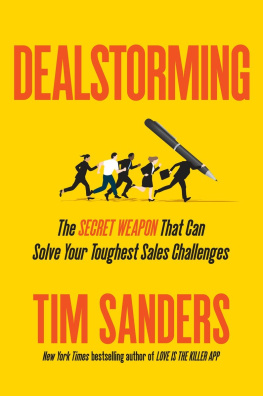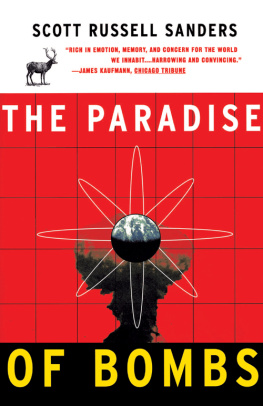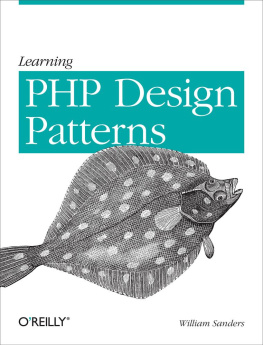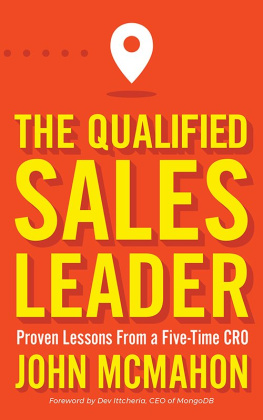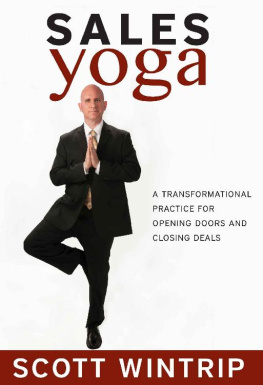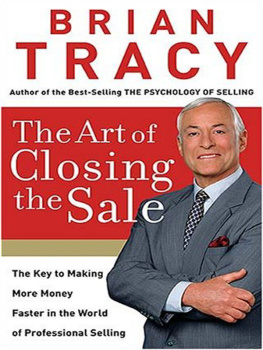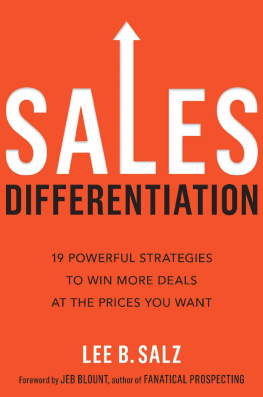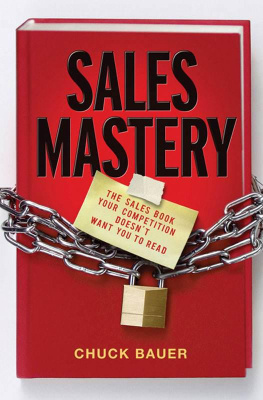Penguin supports copyright. Copyright fuels creativity, encourages diverse voices, promotes free speech, and creates a vibrant culture. Thank you for buying an authorized edition of this book and for complying with copyright laws by not reproducing, scanning, or distributing any part of it in any form without permission. You are supporting writers and allowing Penguin to continue to publish books for every reader.
and sunny days.
Introduction: Dont Go Down Alone
I t was a cold, overcast day in the fall of 1997. Stan Woodward, our new vice president of business services at Audionet (which would later become Broadcast.com), was leading his first team meeting in our makeshift conference area. We huddled around him with keen interest, wondering what he was going to tell us. After all, he was a seasoned sales leader from the technology industry, brought in by our founders, Mark Cuban and Todd Wagner, to take our revenue production to the next level.
Stan spoke slowly as his right hand rubbed coins together in his pocket. When you see an opportunity for us to bill a lot of money and produce a happy customer, dont walk away from it if you get stuck, he said. Dont go down alone! Dont. Go down. Alone!
Stan came from a world of multimillion-dollar deals at startups like Fibermux and Ascend, where each sale was the difference between living to fight another day and folding. You cant give up on the good ones, he told us. When youre stuck, look for help. Even people who dont commission on the deal are here to help you, especially those who will deliver your promises. Dont just rely on your sales manager for all the solutions. Go wide if you have to. He repeated, Dont go down alone. Gather a team, put your brains together, and make it rain!
At that moment, two concepts collided in the front of my mind. To solve the tough, must-win sale, Stan was telling us to combine two distinct practices that had long been thought of as separate arenas, especially in sales: deal making and brainstorming. The former was a linear process requiring discipline; the latter was a freewheeling process that promoted lateral thinking. I thought, Hes right. If we put these two approaches together, we can crack some tough cases. I remember leaning over and whispering to my coworker: Cool beans. Dealstorming!
Previously in my career, solving sales challenges meant opening a discussion with my manager, in which he reviewed my steps to make sure Id crossed every t and dotted every i. Often it led to the directive to either make one more attempt to close, offer better terms, or give up and move on because they arent serious buyers.
Stans point was that we should take advantage of the collective intelligence of our coworkers to figure out how to get the must-do deal done. He recognized that big opportunities were scarce, and sometimes best practices and following a strict, no-deviation process werent good enough. Because Audionet was a startup with an IPO in its near future, he knew that wed have no problem convincing nonsales employees to come to our aid.
I took his lead and began organizing what I coined dealstorms to tackle high-difficulty sales opportunities. Leaning on my previous experience working in the personnel development department at Hughes Aircraft, where I facilitated cross-departmental meetings to improve quality at the plant, I designed a multidisciplinary approach to problem solving. I recruited fellow employees who either knew something about the prospect company or would be responsible for coding, programming, or participating in the broadcast if we won the deal. At first, I followed traditional brainstorming rules for the meetings (go for a lot of ideas, build on each others ideas) and then applied standard deal-making principles for follow-up (define value, drive agreement).
Over the next year, dealstorm breakthroughs led to webcasting deals with Harvard University, management guru Tom Peters, and Victorias Secret. But in several cases, according to Stan Woodward, our dealstorming meetings were more like goat rodeos than structured problem-solving sessions. He accurately pointed out that a few of the key principles of brainstorming (wild ideas are encouraged, debate is discouraged) dont work well in business-to-business sales situations. Also, not all participants understood clearly their roles in the process we had designed.
With his astute critiques in mind, I set out to define a repeatable, sales-centric process that respected everyones time as well as produced progress with every meeting. I pored over research and compared notes with my customers and acquaintances at Intel, Cisco, and PBSs The Business Channel. With each dealstorm, I tweaked my approach and then followed up with participants to get their feedback.
Based on these insights, I arrived at my new and improved definition of dealstorming: to organize and lead a cross-functional team to work together to solve a significant sales challenge through highly structured meetings and project work.
A few years later, after Yahoo! acquired Broadcast.com, I was transferred to headquarters to support the chief sales officer, Anil Singh. The dot-com crash was upon us, and we needed to replace dead startup clients with big brandsand quickly. Landing deals with Fortune 500 companies was our ticket to survival.
I was given license to network with account executives and sales managers across Yahoo! to find situations where I could apply my dealstorming technique to help them win extreme-difficulty deals or renew accounts at risk. After a few high-profile successes, Anil approved resources for me to create a team to scale my efforts. I named our group the ValueLab and recruited a few researchers straight out of graduate school, along with a former Cisco analyst. Our charter was to serve as the idea machine for key accounts, with a focus on demonstrating the value of Yahoo!s assets to prospects and existing customers.
Knowing that Id need to step up my game, I continued to research all things collaboration, including brainstorming facilitation, creative problem solving, innovation, and project management. I realized that we needed to improve the preparation we conducted prior to meetings, so we added a new step to dealstorming: the parse. This was a three- to four-page brief that succinctly outlined the sales challenge, efforts to date, the players involved, and background on the prospect company and its market. The ValueLab worked closely with account executives, our marketing research group, and sales operations to make each parse a discussion driver that produced results faster than could be achieved by simply throwing people into a room.
One of our first projects took us to Burbank to work on the Disney Studios account and grow our movie-marketing business. At the time, Disney marketing executives didnt see online media as an effective way to put millions of butts in seats on opening weekend. They liked the volume of impressions that network television spots and newspaper display ads could deliver.
The account executive and I recruited a wide dealstorming team to solve the Disney Studios problem. We invited every Yahoo! employee who could potentially touch the Disney account, not just in sales but in engineering, marketing, design, and data mining. We also invited anyone with expertise in the movie industry or product launch promotions to participate in the dealstorm. We knew that input from multiple departments would be required to drive any significant relationship with the studio.

